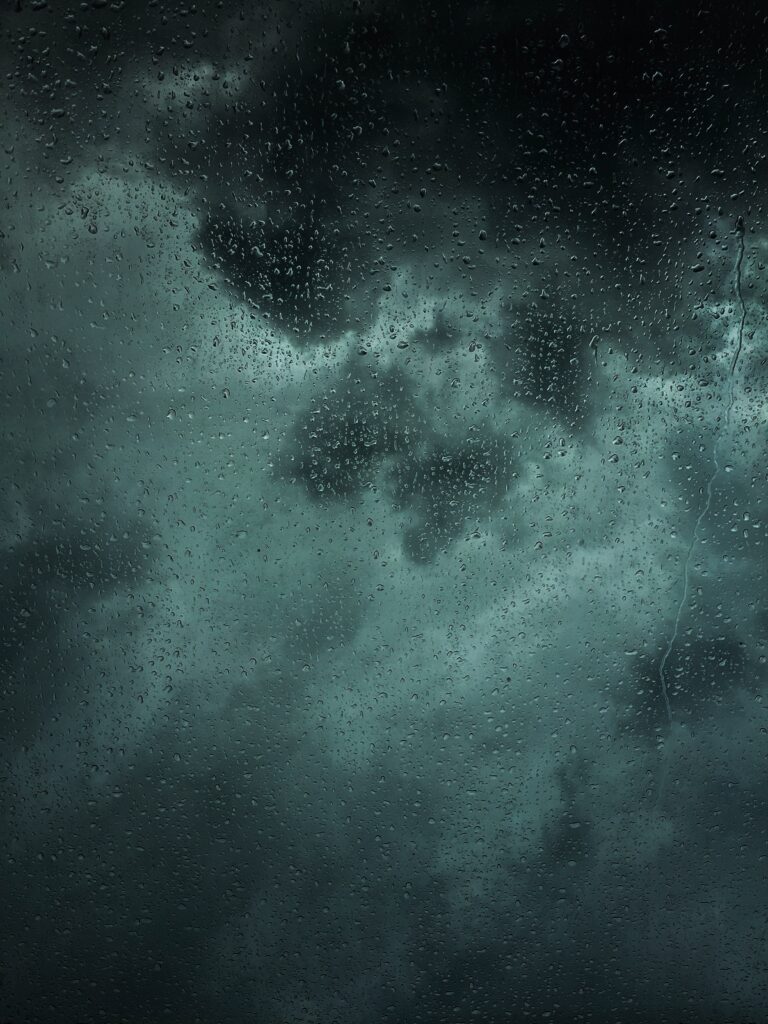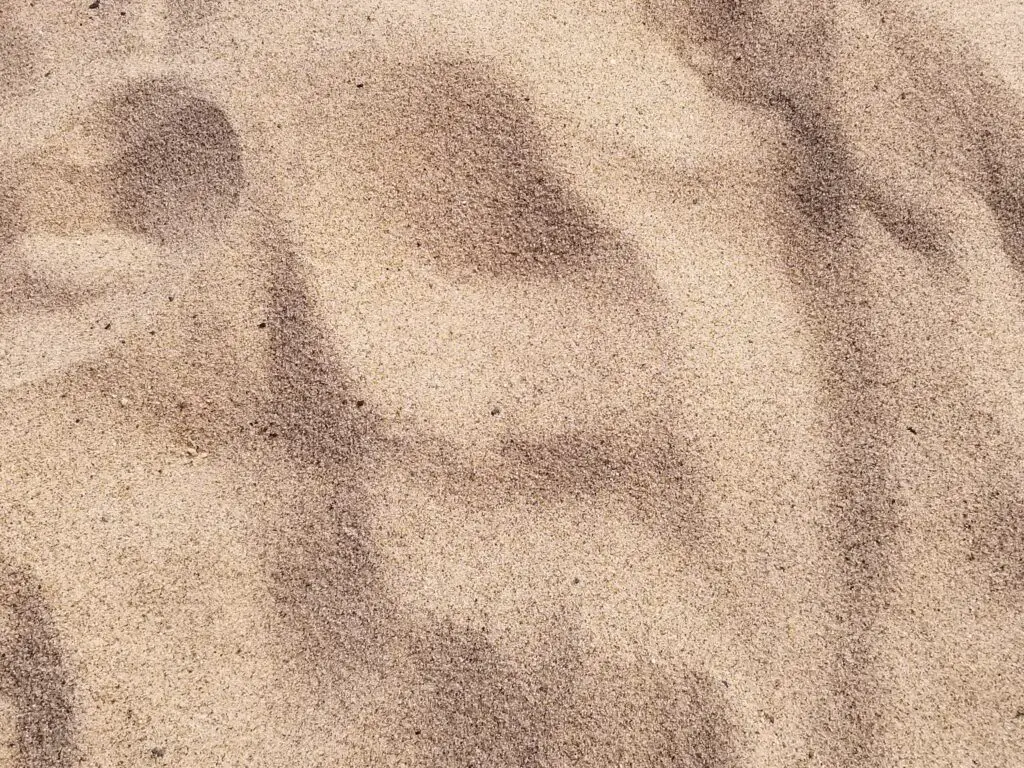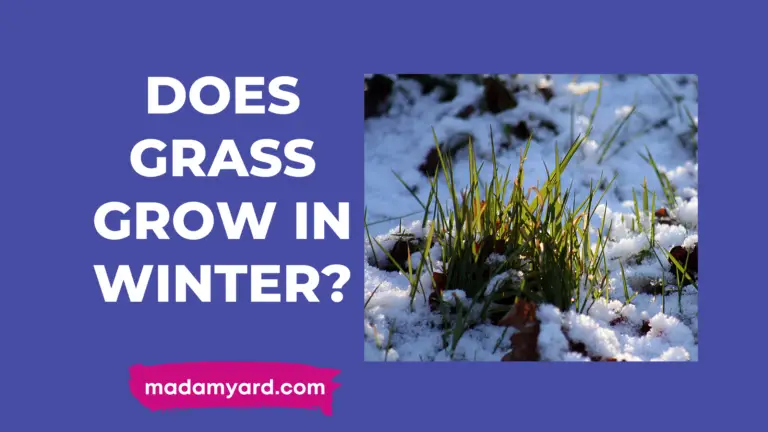How To Dry Up A Wet Yard Fast?
A neatly maintained lawn can enhance the appearance of your house. A yard that is swollen with water is not just ugly but is also could result in the death of grass and harm the plants. Additionally, regular flooding in your yard could cause foundational damage to your home, degrade the soil, and profoundly harm your property. So, how to dry up a wet yard fast?
Water that is accumulated can become an ideal breeding ground for mosquitoes, as well as other pests that transmit diseases. As a homeowner, it is your responsibility to examine and check the root of the issue that causes your yard to get immersed in water repeatedly and then resolve the problem quickly. We’ll talk about the different methods on how to dry up a wet yard fast.
Common Causes Of Muddy Yard
Rainy Season

No matter where you live in the world, a day or two of rain could turn the muddy yard mess that isn’t going to dry quickly. There is no way to prevent your lawn from flooding in the rainy season.
Even though your garden depends on rain, constant downpours could harm your property and plants. Typically, your yard will dry out after a rainfall within a few days., and this
Suppose the soggy and puddles persist for a long time after the rain, or your yard is prone to accumulating water. In that case, there’s a problem that you need to resolve to remove any standing water.
Drainage System
If the yard in your area is soaking wet and muddy, there is likely an issue with your yard, even if there isn’t any rain. You have to identify the cause. One of the primary causes of a wet lawn could be that the drainage system within your yard isn’t working correctly.
The drainage can also be affected by the soil type in your yard. If the soil is too compacted or rocky and compacted, it won’t hold the water properly, which will affect the drainage.
Another reason for the build-up of water in the yard may be the slope of your lawn. Suppose your yard is not level or your middle is slightly lower than the edges. In that case, it can result in the water accumulating. Contact an engineer or plumber to examine the drainage system in your house.
Examine if the water that flows out of the downspouts as it rains flows into the drainage pipe or if it flows into your yard, leaving a wet and muddy pool.
Yard Soil Type
The soil you use in your yard can be the primary factor in waterlogging as well as an unclean yard. Therefore, it’s a good idea to look over the soil map and identify the kind of soil in your area, if it’s clayey, loamy, or silty, before designing your garden.
Clayey, sticky soils or soils close to the bedrock are usually do not percolate well, which stops the water leaking from the surface from getting into the ground.
Water sits upon the substrate or is just beneath the surface, which causes it to become damp and soggy. Hardpan, also known as hard subsoil, is impervious, and it is another reason that water begins building up.
To address the issue, the first step is to check the soil in your yard to determine the amount of water it absorbs. It would be best to have an empty mason jar to test it and fill it with soil from the region with the most significant water absorption difficulty. The pot should be filled with water, and then let it sit until the different soil components have separated.
The sand typically sinks into the jar’s bottom and the layer of silt over it and then that clay layer. After a few minutes, mark the level of sand. Then, keep the silt level after 2 hours. After the water is clear, measure the clay level, and estimate the proportion of each ingredient within the earth.
How To Dry Up a Wet Yard Fast?
You can use the following strategies to dry up a wet yard fast.
Using Sand

The most effective method to dry your lawn quickly is to use sand. It can also help to cover up mud in the backyard.
The addition of sand to your soil can help the water drain quickly from the ground and help keep it dry. If the soil around your property is clayey, adding gravel or sand to it will aid in drying it out quickly.
It is possible to spread sand across your yard by placing it into a spreader and spreading it across all wet areas that you would like to dry. The site is covered in a zigzag design until the sand builds over the cuttings. The sand will settle for about one week before repeating this process till the entire area is dry.
Level the Yard
As we mentioned earlier, an additional reason to collect rainwater in the yard could be the result of low-lying zones which can contain the water or poor gradation, in which the entire yard is low-lying. The shape is lacking, preventing excessive water from draining away.
The most effective way to solve the issue is to grade your lawn and level the lawn so that water can flow away from your property. This can be accomplished by filling the low-lying areas of your yard with soil and fine gravel and then, elevate them in the same manner as other areas of your yard.
Suppose the issue is in your entire garden. In that case, you’ll have to replace the whole landscape to stop the water from accumulating or getting soaked up in certain regions.
To do this, you need to regrade your yard to ensure it slopes towards one side instead of being all one level, which will help improve drainage. Create a slope of 1/4 inch per foot or 2% from your house, and this will allow the water to flow away. The most efficient method to improve the slope is to take the topsoil from the lowest area and place it on the top side.
Lawn Aeration
Aerating the soil in your yard might aid in water absorption. Because of foot activity or the presence of clay in the soil, the soil might become overly compacted at times.
Punching holes in the ground with an aeration tool can provide breathing room. This allows your soil to absorb more water.
Install a French Drain
A French drain is essentially a graded ditch with a perforated pipe at the bottom filled with gravel, rock, or any other coarse material. The water is channeled away from your grass using gravity through the French drain.
Grass Seed
Growing more and thicker grass may be the way to getting water out of your yard. As it develops, grass absorbs a lot of water. Each week, a thick lawn can consume up to 1.5 inches of water.
Since there are no plants to absorb the water, thin grass or a bare yard will contribute to muddy conditions. You’ll quickly dry up your yard and replace the mud with green grass if you build a thicker, healthier lawn. Thus, you need to know about watering new grass seeds.
Set Up Rain Garden
Setting up a rain garden, which consists of plants that flourish in pools of water, is a brilliant method to solve the issue of a muddy garden. The rain garden collects water that would flood your yard. It then directs it to an area where you can plant water-loving plants.
To create a rain garden, follow these steps:
- Dig one or more drainage ditches in your yard that divert water to a low location.
- To hold water, excavate the desired area of the garden bed to a depth of 4–8 inches.
- Place a rock border around the perimeter of the garden.
- Lilies, irises, sedges, and coneflowers are examples of water-loving plants.
A rain garden, once completed, is a pond and garden in one. You can dry out the rest of your yard while still growing lovely plants by channeling your water flow there.
Fix Drainage System
The drainage system is the most prevalent cause of a muddy yard. You should walk outside the next time it rains in your region. And see how much water comes out of your downspout.
The whole yard will become muddy if water does not drain into separate drainage pipes.
A clogged downspout can cause your yard to become muddy, so you must fix your drainage system immediately. It is important that any vegetation near the drainage area be removed, and there should be no runoff on the lawn.
Conclusion
A wet and muddy yard is a messy and unpleasant appearance, reducing the exterior appeal of your property. Resolving your wet backyard with one of the strategies we’ve discussed in this article will help to eliminate the problematic areas in your yard.
This will allow you to have a gorgeous outdoor space to spend time with your loved ones and family throughout the year.







